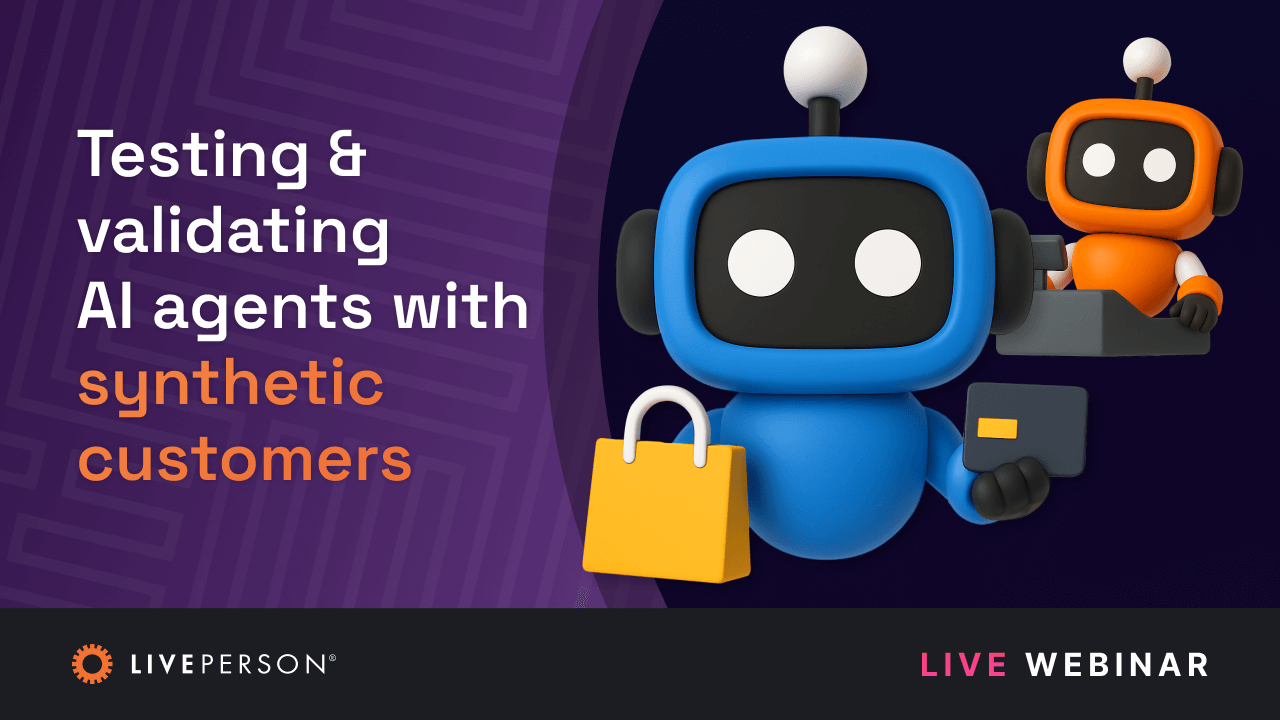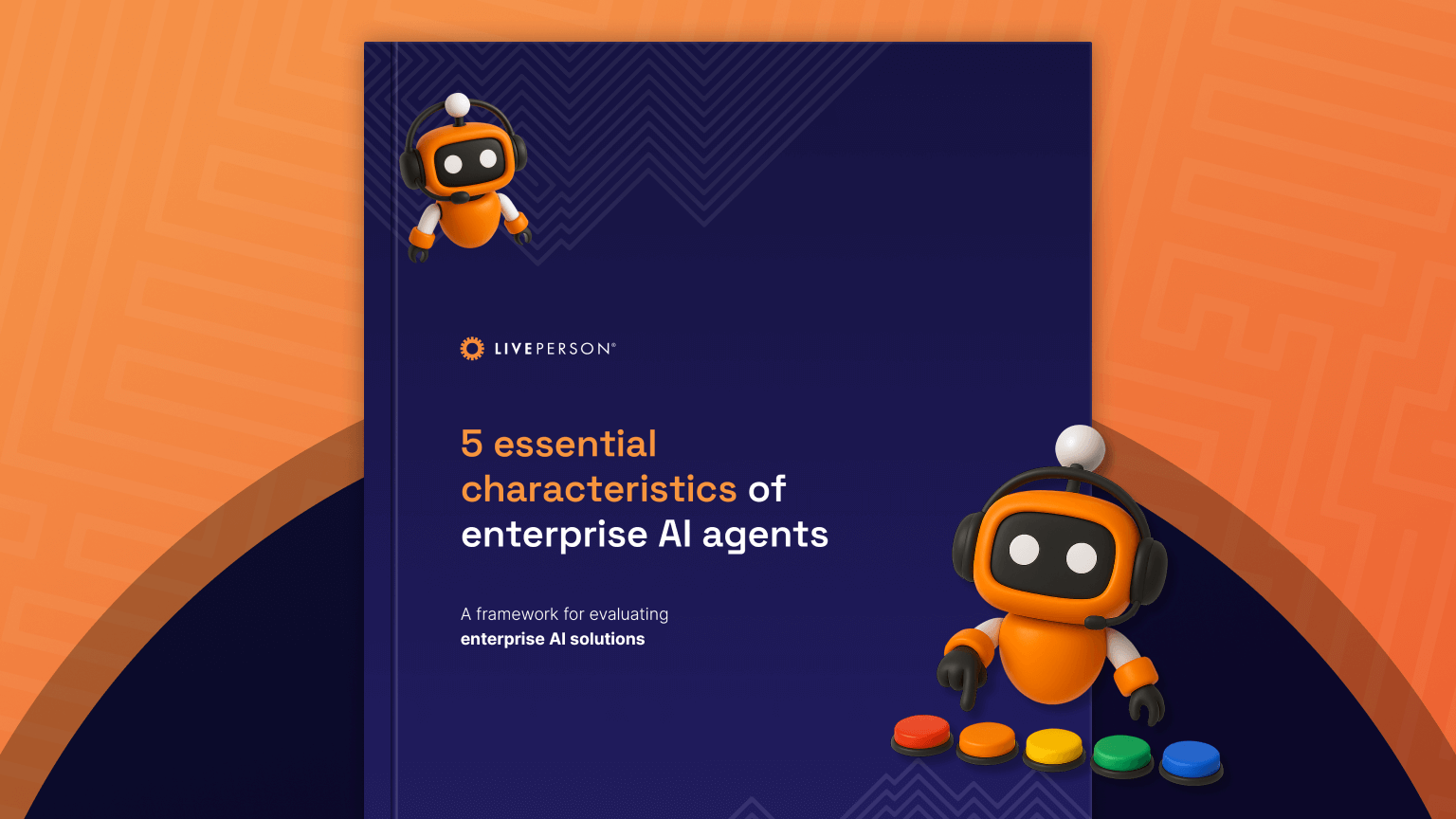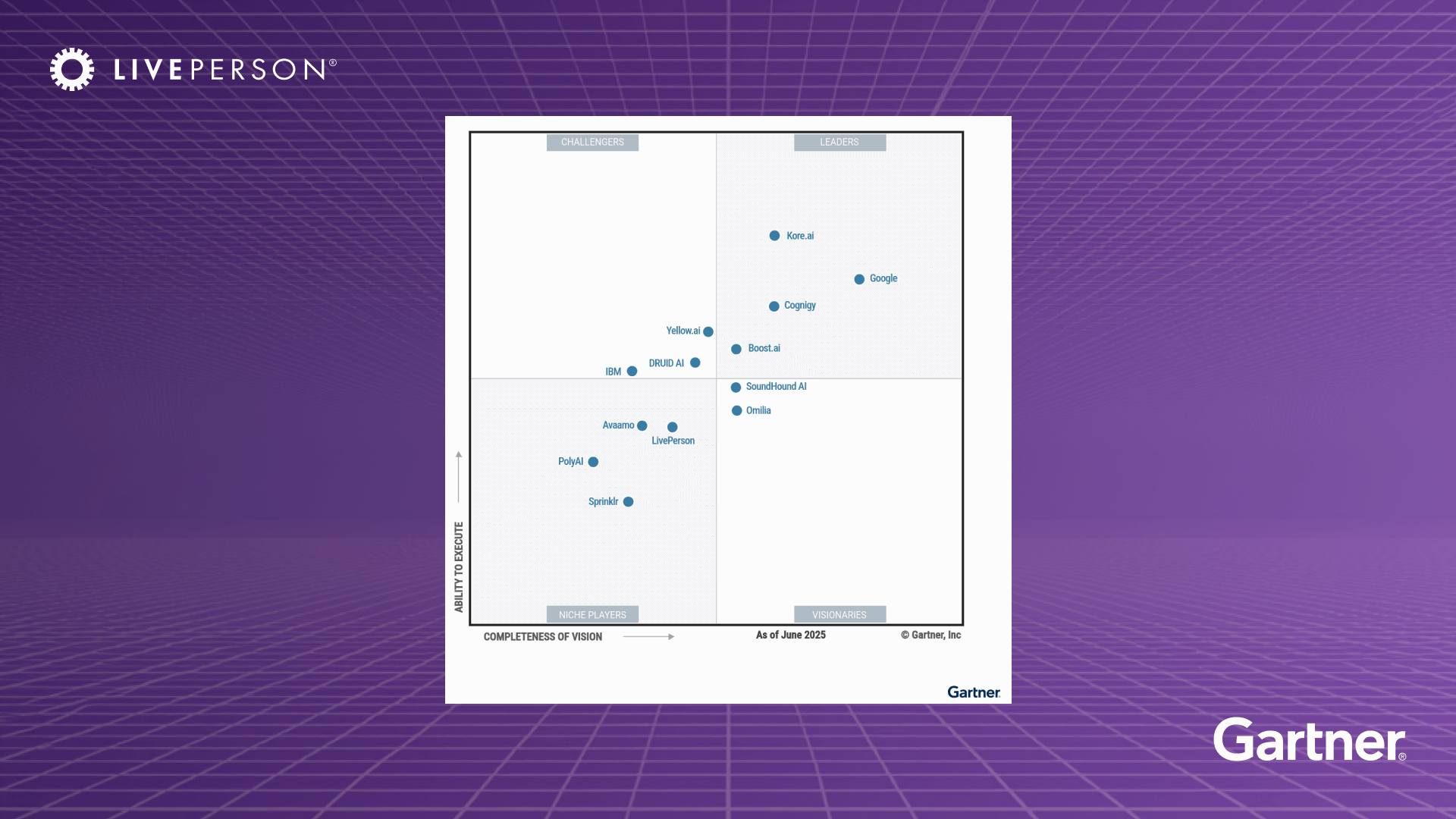article
Beyond the cloud: Exploring alternatives for AI-driven contact center digital transformation
October 15, 2024 • 5 minutes

The allure of AI-driven efficiency is undeniable.
But even though there are already many proven benefits of leveraging AI, many leaders are hesitant to introduce the new technology that comes with a contact center digital transformation due to the risk of hallucinations and inaccurate information resulting from non-deterministic systems whose outputs are not reliably predictable.
We invited Christina McAllister, Senior Analyst at Forrester, Susan Terry, GVP, Portfolio Maximization at Avaya, and Nirali Amin, SVP, Global Solutions and Strategy at LivePerson to weigh in on the challenges of modernizing a contact center solution and how to improve customer satisfaction in an AI-driven world.
The fallacy of cloud contact center solutions
For any enterprise business, moving an existing on-prem system to the cloud is a long and complex process. But it’s not as crucial as it’s often made out to be.
“Moving your telephony from on-prem to CCaaS will take at least 18 months,” said McAllister, acknowledging that in most cases, this contact center digital transformation process takes much longer.
She also notes that Forrester’s CX Index™ (a benchmark survey of about 100,000 consumers across all major brands and consumer-facing industries) found customer experience quality at an all-time low this year. But that doesn’t mean consumers have lowered their expectations.
“Especially with AI moving as fast as it is, I don’t know that waiting two years minimum to start making gains in improving these experiences across channels is worth it,” said McAllister. “Your customers will not know or care if you’re in the cloud. The opportunity cost might be too great.”
The message here is clear: there is no single “right” way to transform contact centers. Organizations should focus on a contact center transformation that delivers meaningful business outcomes rather than simply following the trend of cloud migration.
3 non-negotiables for contact center transformation
McAllister also highlighted three critical components for innovation that act as stabilizing forces that make it easier and less risky to undertake a contact center digital transformation. Crucially, none of them require migrating to the cloud:
- A strong knowledge base with accurate and up-to-date content for powering generative AI tools and improving customer interactions
- A modern agent workspace with flexible integration points that enable the introduction of new capabilities and can support increased efficiency via workflow automation
- Robust analytics — specifically, conversational analytics. “If you’re going to improve the contact center experience, you need a solid understanding of what’s going on in your calls,” McAllister explained.
Innovation without disruption
Instead of a full-scale cloud migration, an alternative for CCaaS solutions (contact center as a service) is the concept of innovation without disruption.
The significant amount of time and resources required to “rip and replace” existing on-prem contact center systems makes this approach risky and impractical for many organizations. It’s also often unnecessary, especially if existing technology is reliable and meets the company’s needs.
As Amin highlighted, this extended timeframe is also at odds with customer expectations, and having enterprise-ready infrastructures from providers can help achieve a faster return on investment when building a more modern, omnichannel contact center.
“Customers are demanding better experiences today. Most brands don’t have 18 months to migrate from on-prem to the cloud. That time cannot be underestimated. When you’ve got providers, like LivePerson and Avaya, with enterprise-ready infrastructures, it helps brands get to value realization and maximization faster.”
And while on-prem systems can be more challenging to work with, especially when integrating real-time AI, it’s not impossible. In fact, a more cost-effective and efficient contact center digital transformation strategy may be to balance innovation with an existing contact center solution, rather than fully replacing it.
Terry noted that many businesses want to support digital channels, but already have well-established on-premises environments for voice calls. “Tying the digital environment with the premise voice environment can still offer massive improvements in the customer and agent experience, along with the ability to do far greater analysis and have more control over customer interactions.”
Efficiency gains as a resource, not the end goal of contact center digital transformation
The panelists shared practical advice for companies with limited budgets. The key takeaway: start with initiatives that can deliver measurable cost savings. For example, many companies start with generative AI summaries to reduce after-call work — a low-risk place to start, with highly measurable and attributable results.
“When you think about reinvesting those gains, how can you treat efficiency gains as a resource rather than the outcome?” asked McAllister.
“For example, instead of reducing headcount, you could reinvest that freed up time to do more meaningful work like targeted outbound campaigns designed to enhance customer engagement, or more tailored micro-coaching.”
Not only does this help contact center agents see the positive impact of the improvements they’re making, it also helps them provide exceptional customer service and sets the stage for future growth rather than simply maintaining current performance.
An AI-driven customer experience is possible — even without a cloud migration
While moving to the cloud is often seen as the next logical step in the evolution of contact center operations, it’s not the only path to success.
Innovation through integrations, the adoption of AI, and leveraging conversational customer data can all drive substantial improvements without the need for full-scale cloud migration.
For organizations looking to modernize CX throughout the entire customer journey, these contact center transformation strategies can unlock new levels of efficiency and personalization, enabling them to meet evolving customer expectations and drive revenue today — rather than waiting for years to see results.





